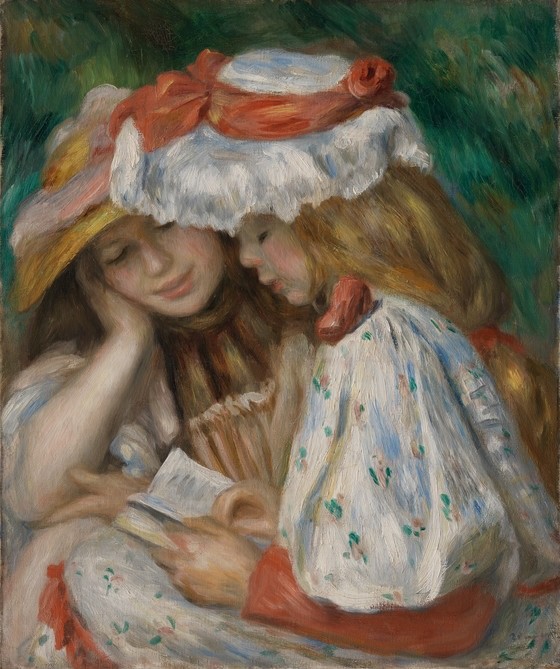I recently received an excellent letter from a literacy supervisor who is trying to prepare her colleagues to succeed with common core. She sent a copy of her planned approach for my comment. This is the kind of energy and thoughtfulness that the common core is going to require. This plan is bright and thoughtful, so with her permission I'm passing it on.
As literacy supervisor for our district of 450+ teachers, I am responsible for our teachers' professional learning regarding anything literacy. It is quite a responsibility with the implementation of the CCSS, and though I have been in education for over 20 years, this is my first year in this position. I am currently planning professional development for our teachers regarding Standard 10 (text complexity) and would love to get your thoughts on my next steps.
So far I have provided the K-12 teachers with an introduction to the triangle with the three dimensions of text complexity, and we've read and discussed Appendix A. At the secondary level, we've delved in a little deeper...discussed and used the rubrics to evaluate the qualitative dimensions of text complexity, looked at texts they currently use and tried to decide best placement, etc.
I've read Fisher, Frey and Lapp's Text Complexity: Raising Rigor in Reading, reviewed your posts and power point presentations, ordered the new resources from Guilford Press that are mentioned on your site, and continue to read articles, texts, and refer to Wisconsin's DPI website.
As I move ahead with the teachers I will review and make sure all teachers have a solid understanding of the three dimensions of text complexity. Elementary teachers understand the quantitative dimension, and need to understand the other two. Secondary needs to understand the Reader and Task dimension. Then I would proceed to share the three types of tasks associated with this, as mentioned in Fisher, Fry and Lapp's book: Teacher-Led Tasks, where the texts can be much more complex with teacher modeling; Peer Tasks, when students collaborate and use texts that are complex but not quite as complex as the texts the teacher uses in modeling; and Individual Tasks, when students are expected to engage with text that is challenging but not frustrating. I plan to offer suggestions of how to do this, what it may look like in their classrooms, etc. Then...I would bring them to close reading and proceed from there.
Any feedback/thoughts/suggestions would be greatly appreciated. I'm anticipating the K-1 teachers asking how this would look for them, especially with poetry at first grade, so any suggestions you may have specific to K-1 would be appreciated.
Shanahan response:
Please remember that the common core does not raise reading difficulty for beginning readers (K-1), so that part won't be very different. I don't think reading comprehension instruction will look that different than it does now either, but I could imagine teachers reading more challenging books to these beginners than is usual these days (I read chapter books to first-graders when I taught); you can ask beginners some pretty probing text-dependent questions of such material and that should help to get them ready for those aspects of the common core.
_______________________________________________________
People are always asking for common core resources, and today some colleagues put me onto the following sites. I haven't viewed all of the information at these, but there is pretty good stuff on various common core issues like challenging text and close reading. I'm sure you will find these useful.
http://commoncore.americaachieves.org/
https://www.teachingchannel.org/videos?categories=subjects_english-language-arts
________________________________________________________________________
Also, I took part, with Maureen McLaughlin, in a written webinar today for Education Week (with (Sarah D. Sparks). They have posted the transcript, and that might have some value to you, too.

-Woman-in-the-interior,-1950.jpg)





Comments
See what others have to say about this topic.